
Disneyland, known as The Happiest Place on Earth, celebrates its 70th anniversary on July 17, 2025. Over the last 40 years, I have had the distinct honor of interviewing Disney cast members – and some who would become cast members – who were on hand for Disneyland’s opening. This is one in a series on that important day in Disney history.
*******
Perhaps the most popular attraction when Disneyland opened on July 17, 1955, was the Autopia cars.
Perhaps the most problematic attraction when Disneyland opened was the Autopia cars.
For the most part, the Autopia cars were the handiwork of Disney Legend Bob Gurr, who was hired because he was a car stylist, not a mechanical engineer. But, like many of Walt Disney’s staff at the time, Gurr learned on the fly.
When Walt made it known that he wanted to have an attraction where guests could drive miniature cars, an importer of German amusement autos found out and sent over a test model, even painting the word “Disneyland” on the hood.
But Walt had other ideas; he wanted to get into the automobile manufacturing business himself. Roger Broggie, who was in charge of the mechanical aspects of each park attraction, had a basic chassis built by a local mechanic, while Gurr made drawings of the body of the car.

Students from the Art Center School of Los Angeles built a full-size clay model of the car in their teacher’s garage. When it was completed, Walt climbed into the model, gave his approval (so much for long, drawn-out high-level staff meetings!), and the arduous process of bringing clay model to functioning miniature auto began.
Glasspar of Costa Mesa, California, was contracted to build 40 Autopia Fiberglass car bodies, while MAMECO Engineering in Newport Beach was hired to assemble all the parts needed to make the miniature ride vehicles mobile. Hutchinson’s Auto Paint added the finishing exterior touches.
“In those days, Fiberglass was becoming an easy material to work with when you were building cars,” Gurr said. “That technique was very well known at the time.”
By the time opening day arrived, the bright and shiny Autopia cars were ready to roll. Or so everyone thought.

Several of the 40 Autopia vehicles were pulled from their Tomorrowland track to take part in the opening day parade. But the heat of the day wreaked havoc with the car’s engines.
“The cars began to vapor lock and stall after idling in the heat after 15 minutes or so,” Gurr said. After the cars were all restarted, they took part in the parade before heading back to the Autopia track and the attraction’s official grand opening.
“I was delighted to watch the happy faces on the little guests as they finally got to drive ‘a real gasoline car’ at Disneyland,” Gurr said. “But my delight turned to dismay as car after car suffered a variety of failures.”
The original Autopia track was designed to look like an actual highway. As a result, there was no center guide rail and cars could be driven off the track and head back to another section, where several head-on collisions occurred.
In addition, “so many little kids would put their hands out on the side of the cars and get caught against the curb,” Gurr said. “Careless excitement on the part of the kids.”
The original cars didn’t have padded steering wheels and Gurr ended up “taking a couple of kids to first aid, one with his hand full of his own teeth!”
As the number of working cars dwindled to a precious few, Gurr and his Autopia pit crew couldn’t keep up. Still, people lined up on the ever-increasing queue to ride.
When Gurr – who spent most of the day in a futile attempt to repair the damaged vehicles – had a chance to step back and review the damage, it was extensive.
“We had distorted bumpers, rear wheel bearings were shot, and there was extensive axle and brake damage,” he said.
By the end of the day, there were just two working Autopia cars left.
In the days following Black Sunday, Gurr – using his own tools – worked feverishly to repair the damaged cars. At one point, Walt Disney stopped by to observe the mangled wreckage.

“Bobby, whadaya need?” he said. At which point Gurr responded: “Some mechanics and some repair equipment.” Walt immediately had a small shed, tools and two mechanics sent over and the repairs began.
Over the next few months, Gurr was able to solve most of the cars’ problems, from faulty speed governors to malfunctioning clutches, drive chains and rear axle bearing housings.
And over the years, Gurr was involved in several upgrades to the attraction, which remains to this day, one of the highlights of anyone’s day at Disneyland.
Gurr would go on to design “anything that moved on wheels in Disneyland,” including an antique car, an omnibus and a fire truck.
He also was the driving force behind the monorail, Matterhorn Mountain and the submarine voyage, which all debuted at Disneyland in 1959. In addition, he was a key member of the team that developed Disney’s ground-breaking Audio-Animatronics technology.
NEXT: ‘Native Disneylander’ Ron Dominguez: ‘We became kings of crowd control.’
Chuck Schmidt is an award-winning journalist and retired Disney cast member who has covered all things Disney since 1984 in both print and on-line. He has written a regular blog for AllEars.Net, called Still Goofy About Disney, since 2015. Marty, Mickey and Me, his latest book for Theme Park Press, is due to be published this spring.


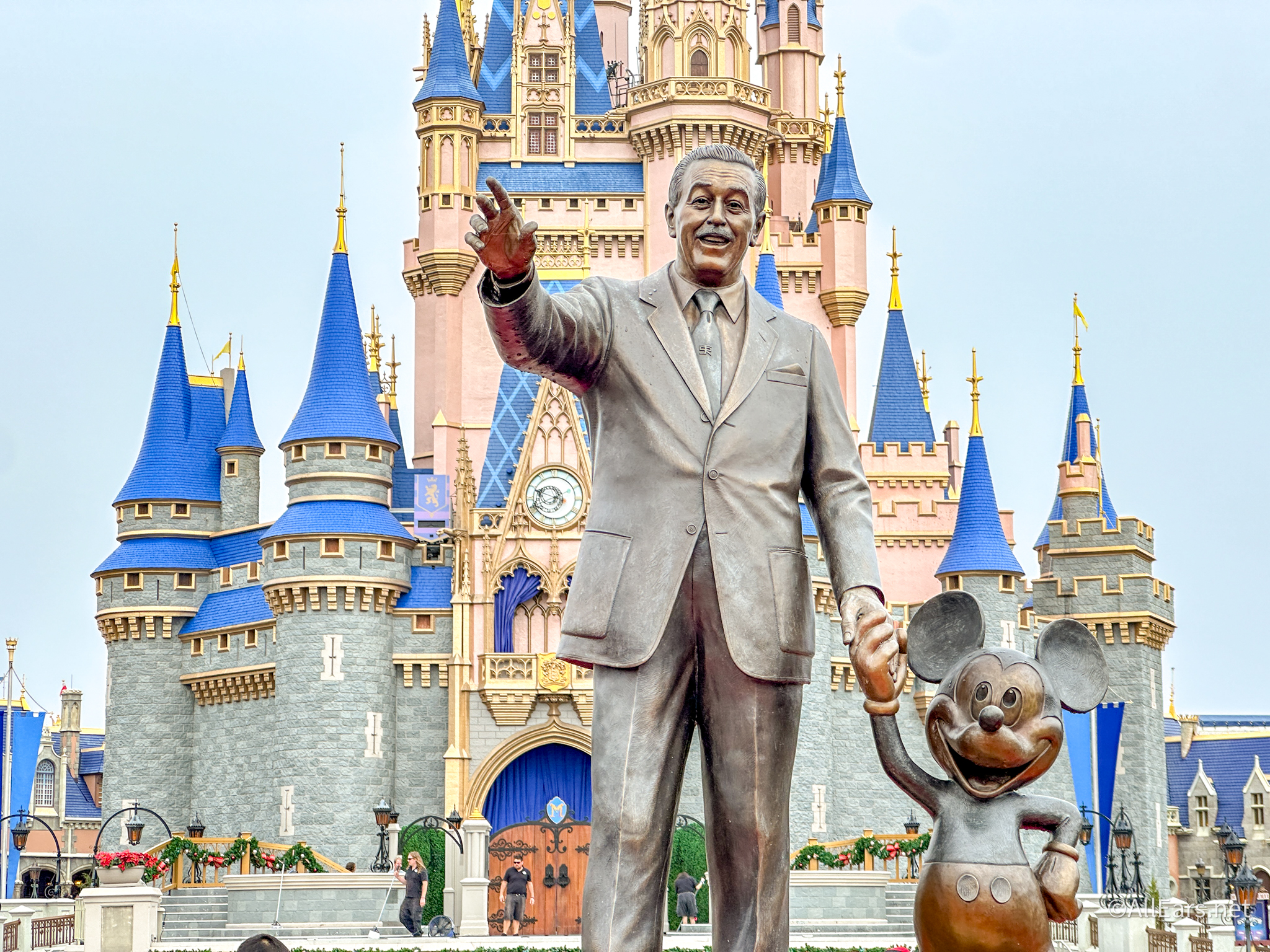
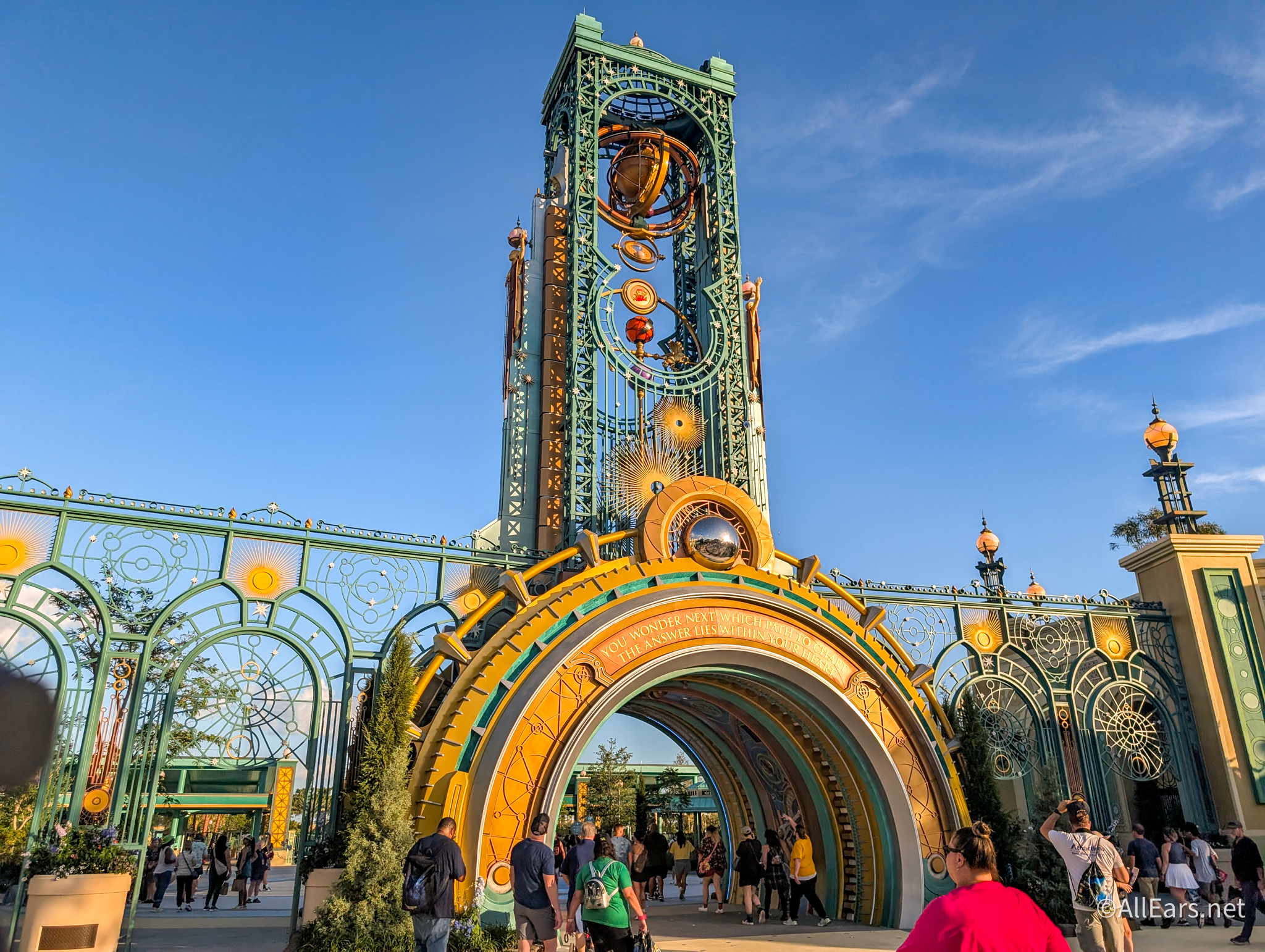
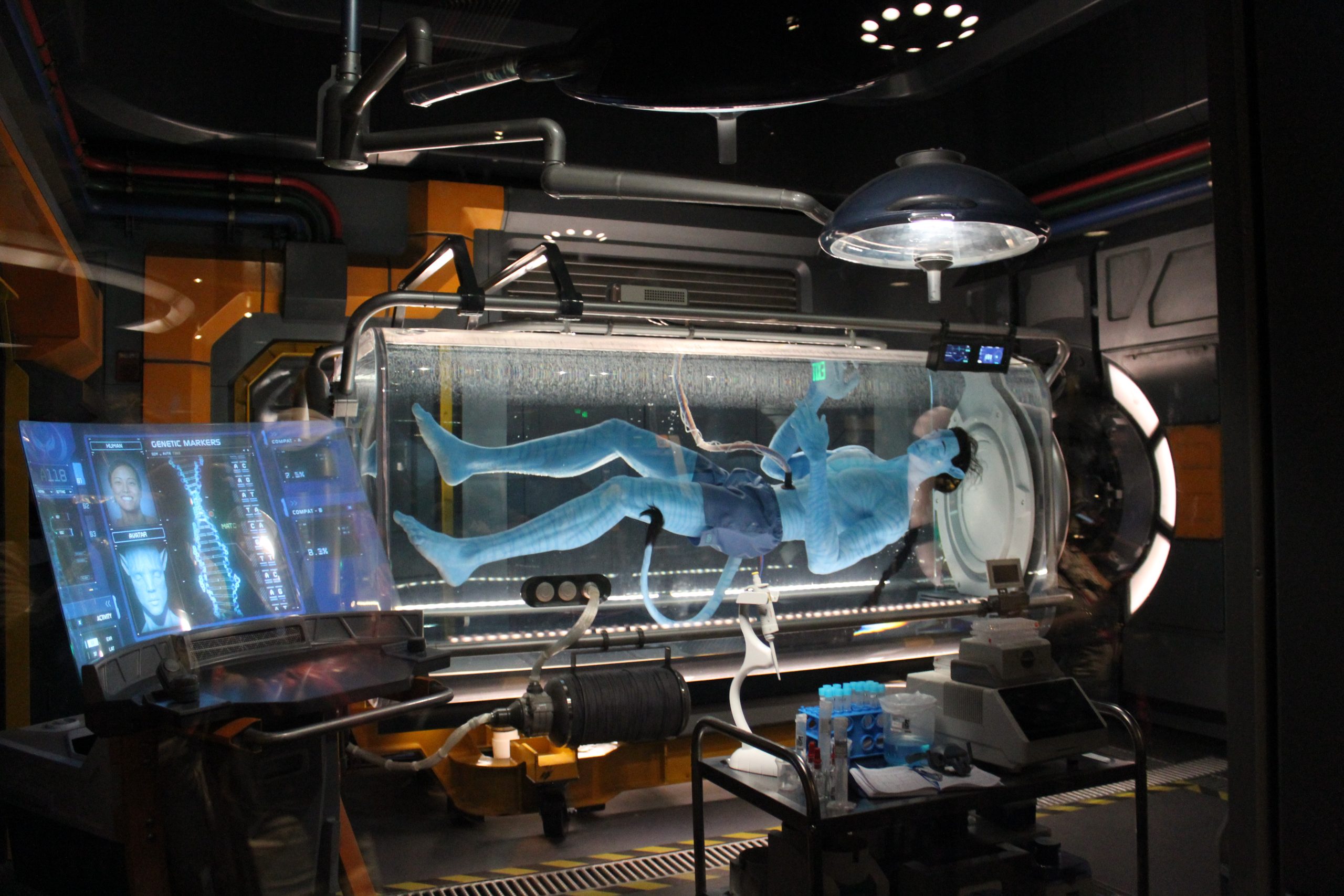
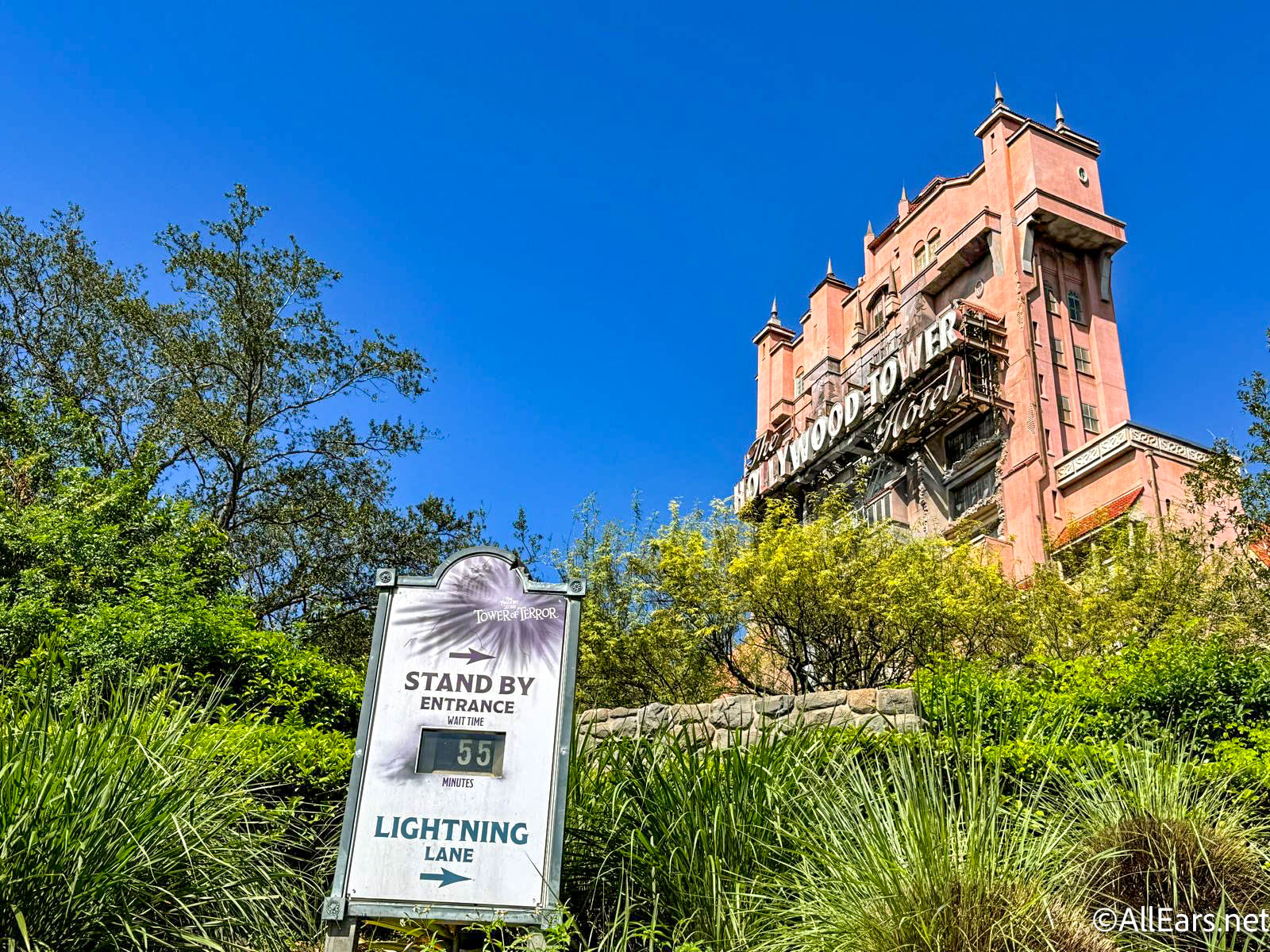
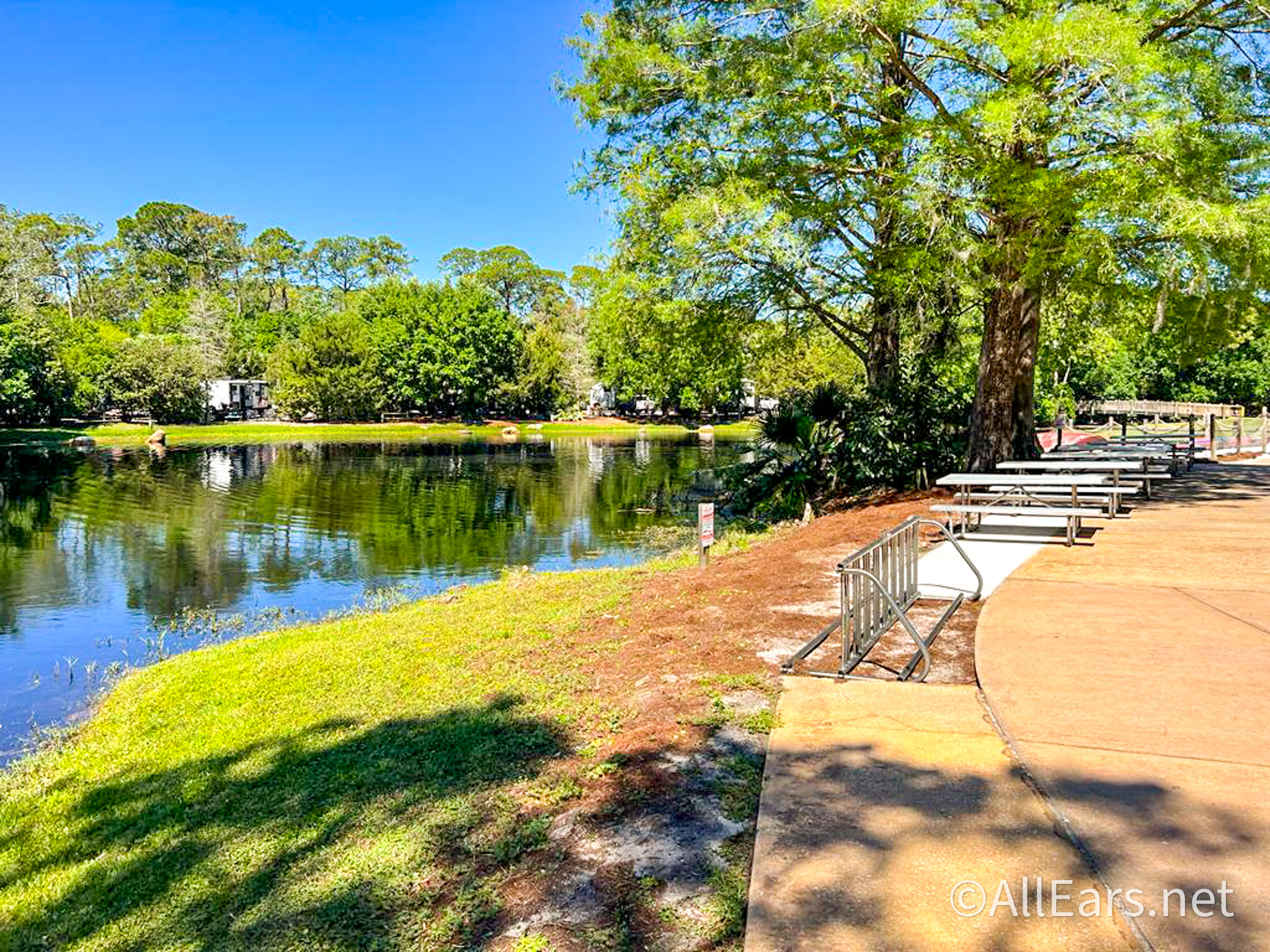

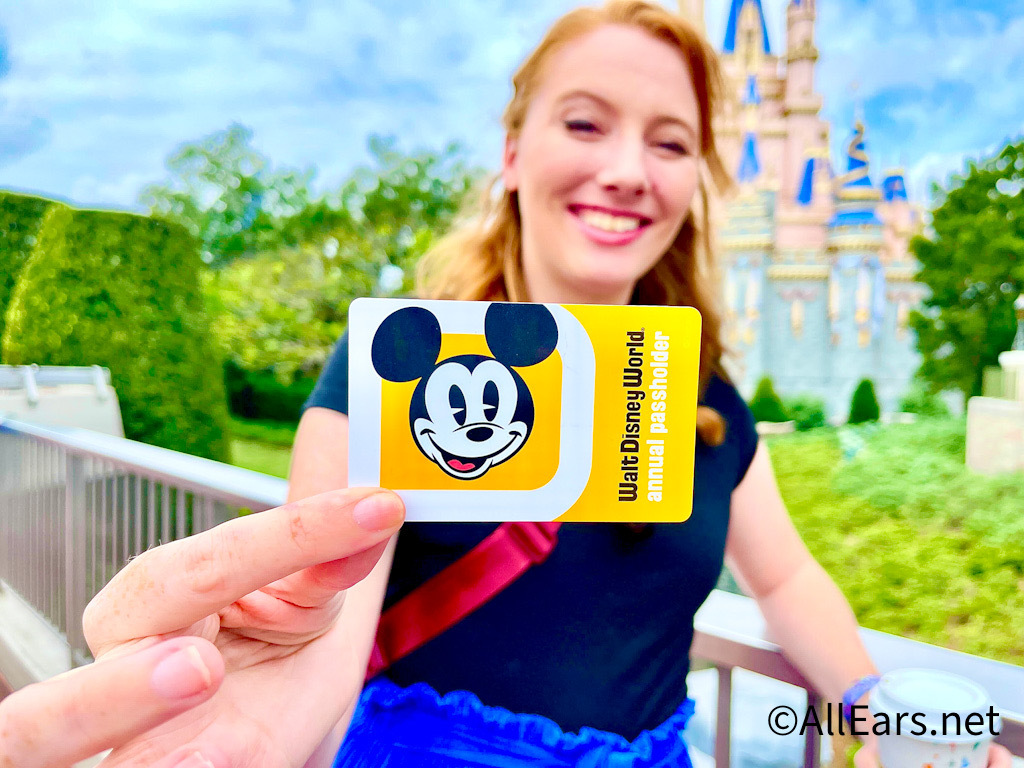

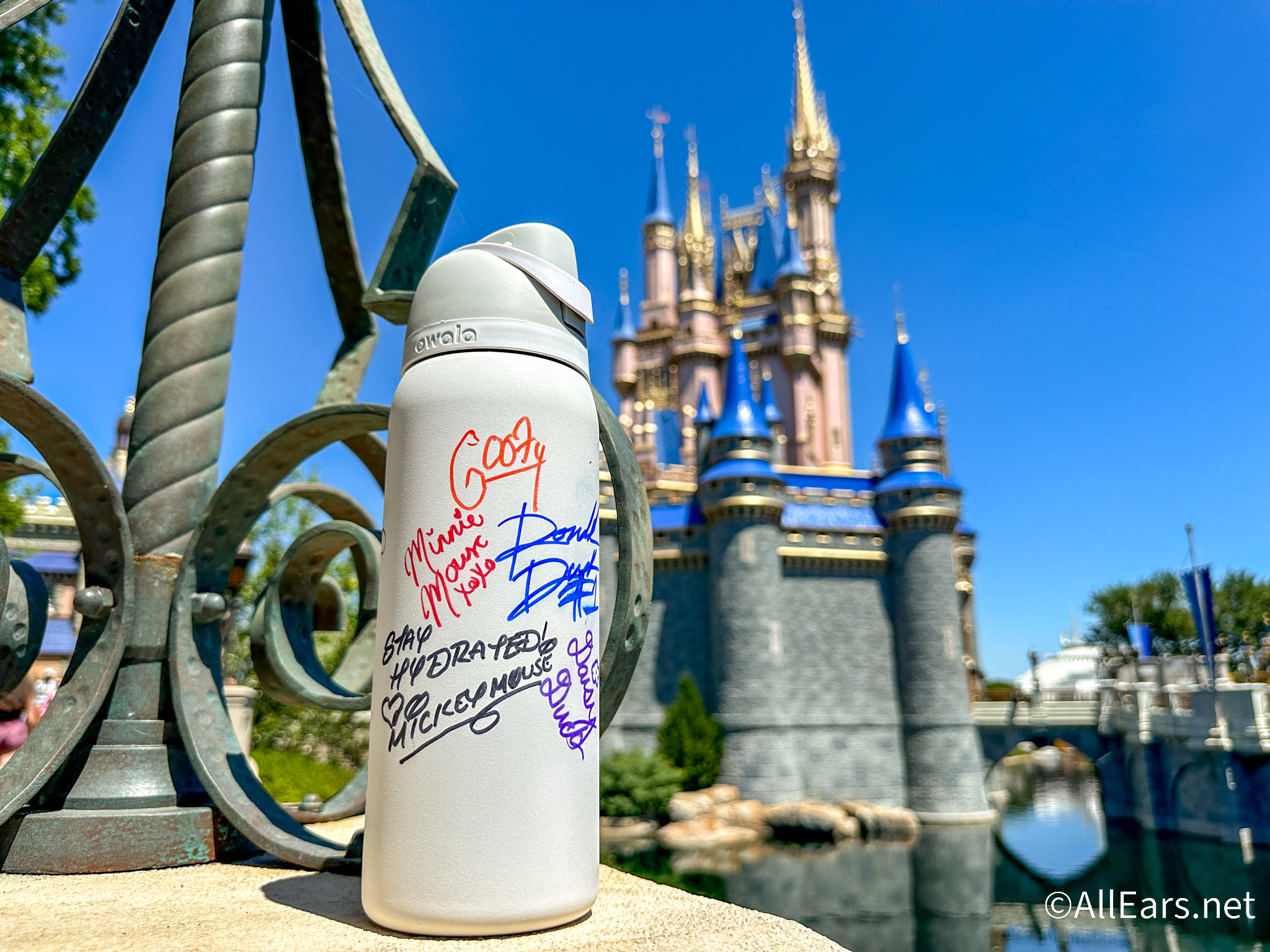
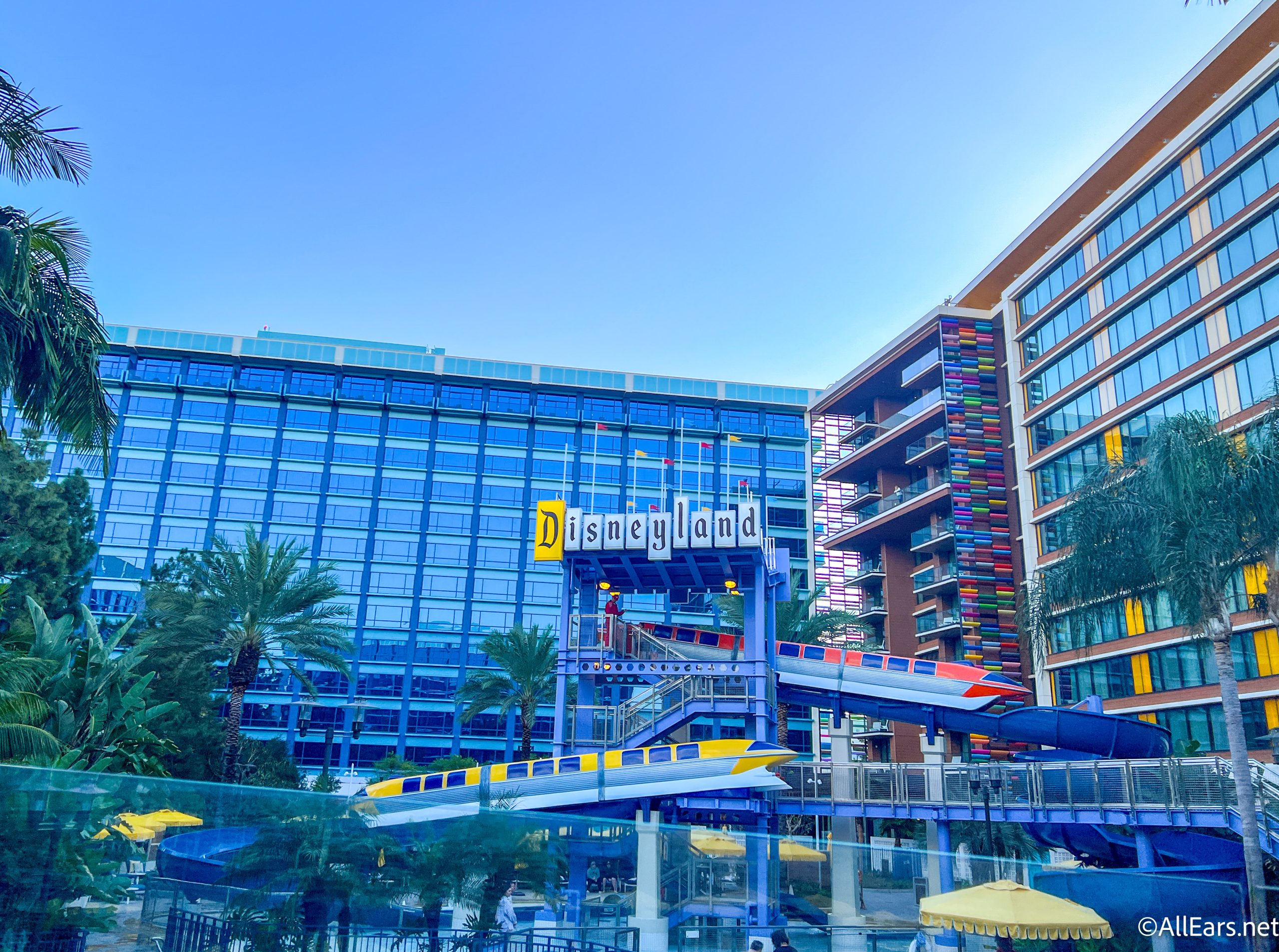

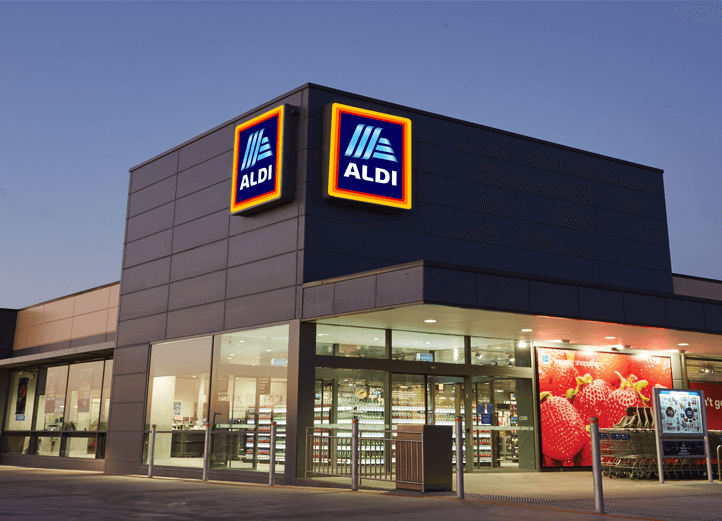
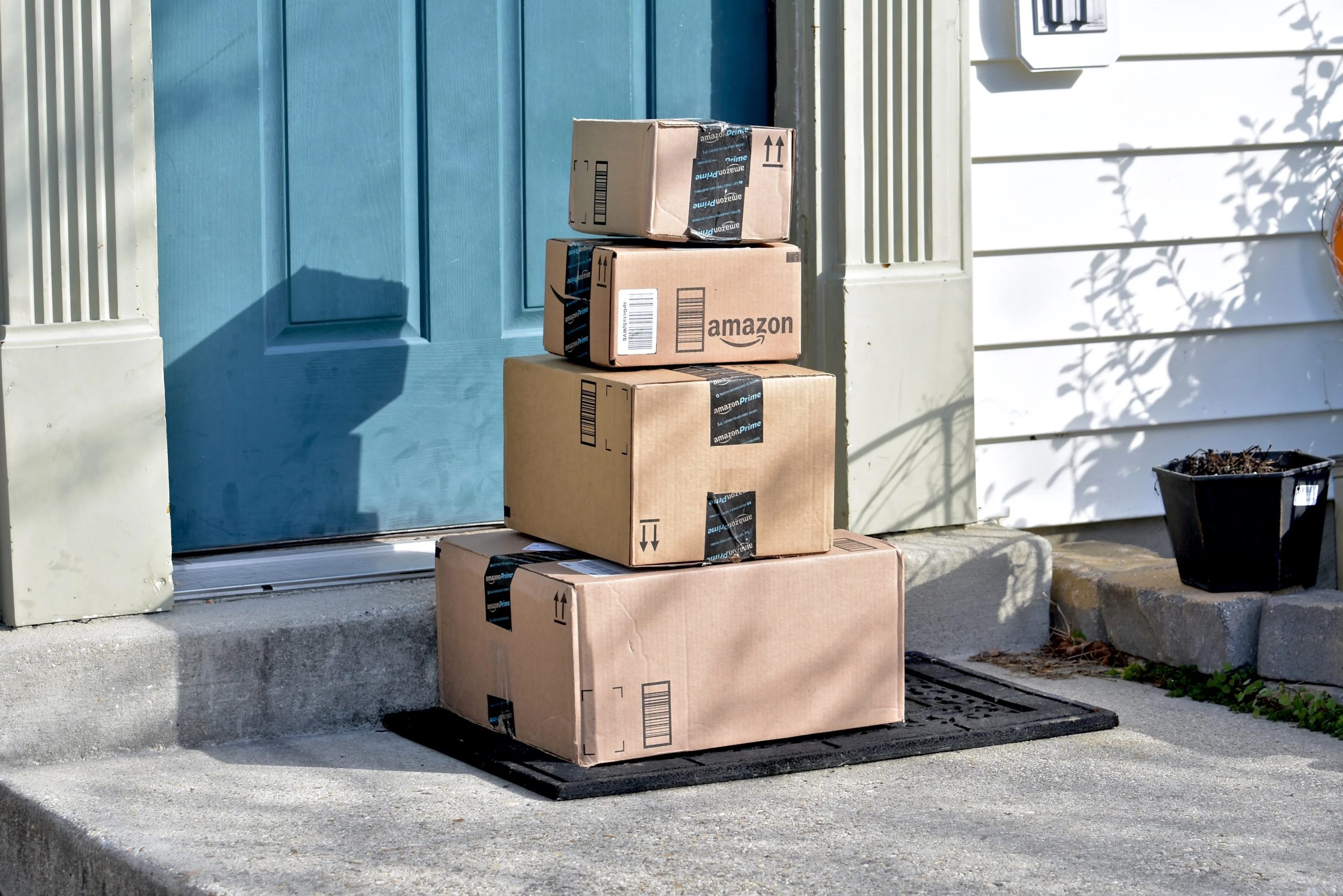
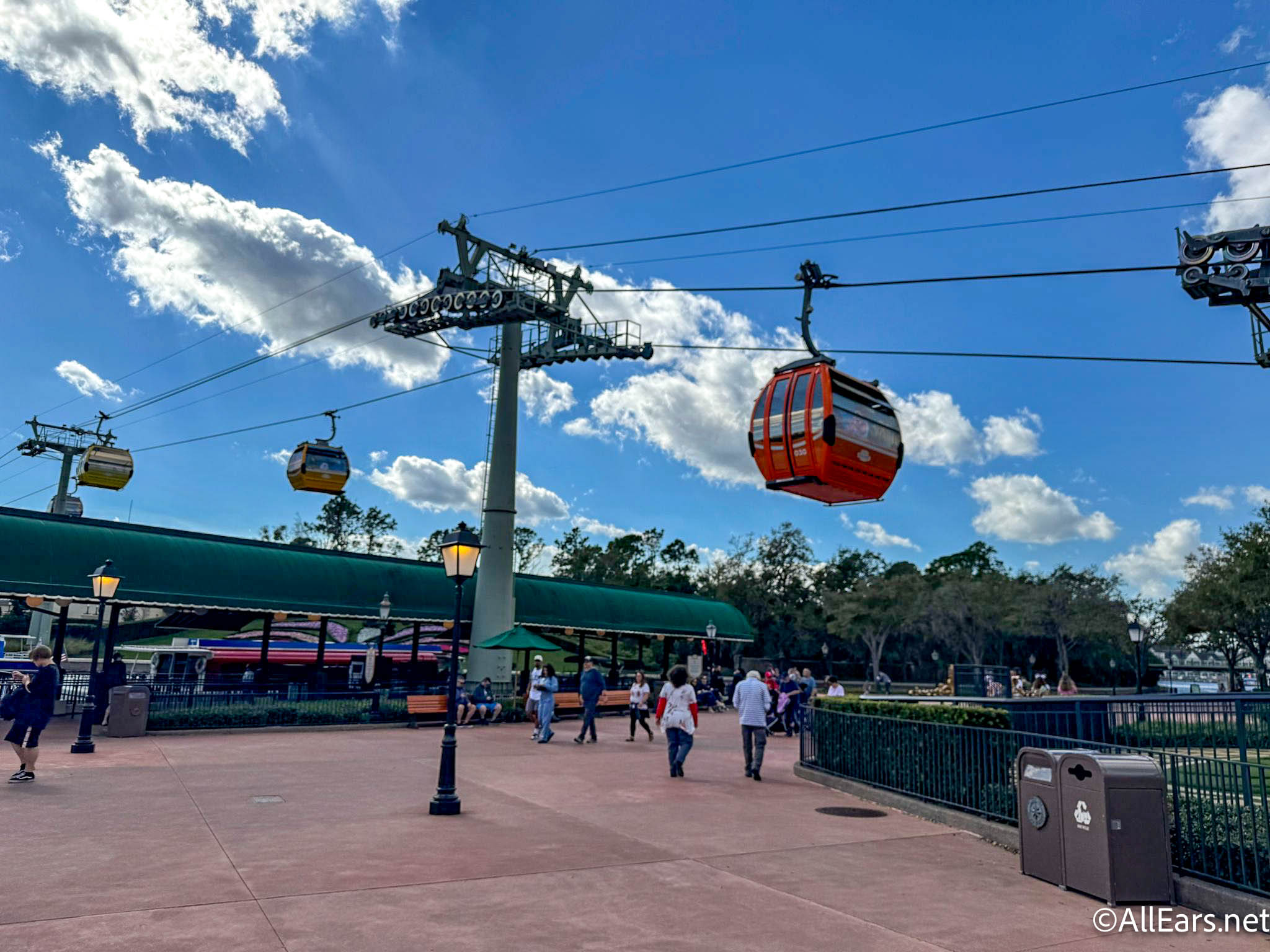



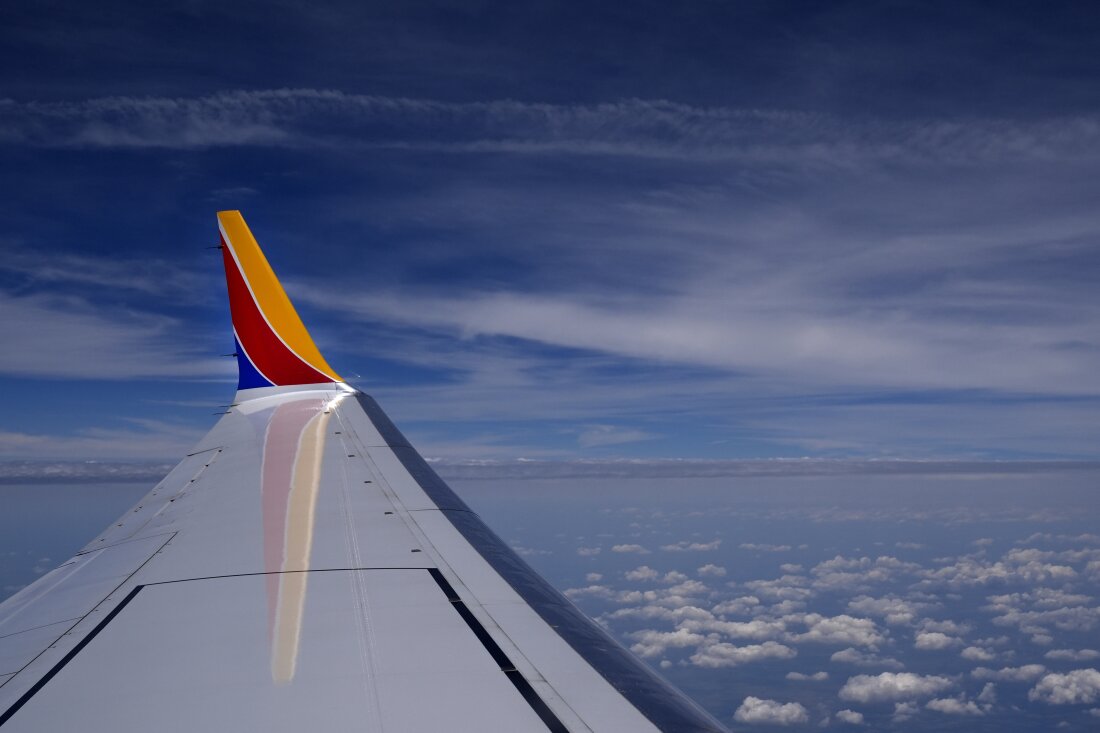
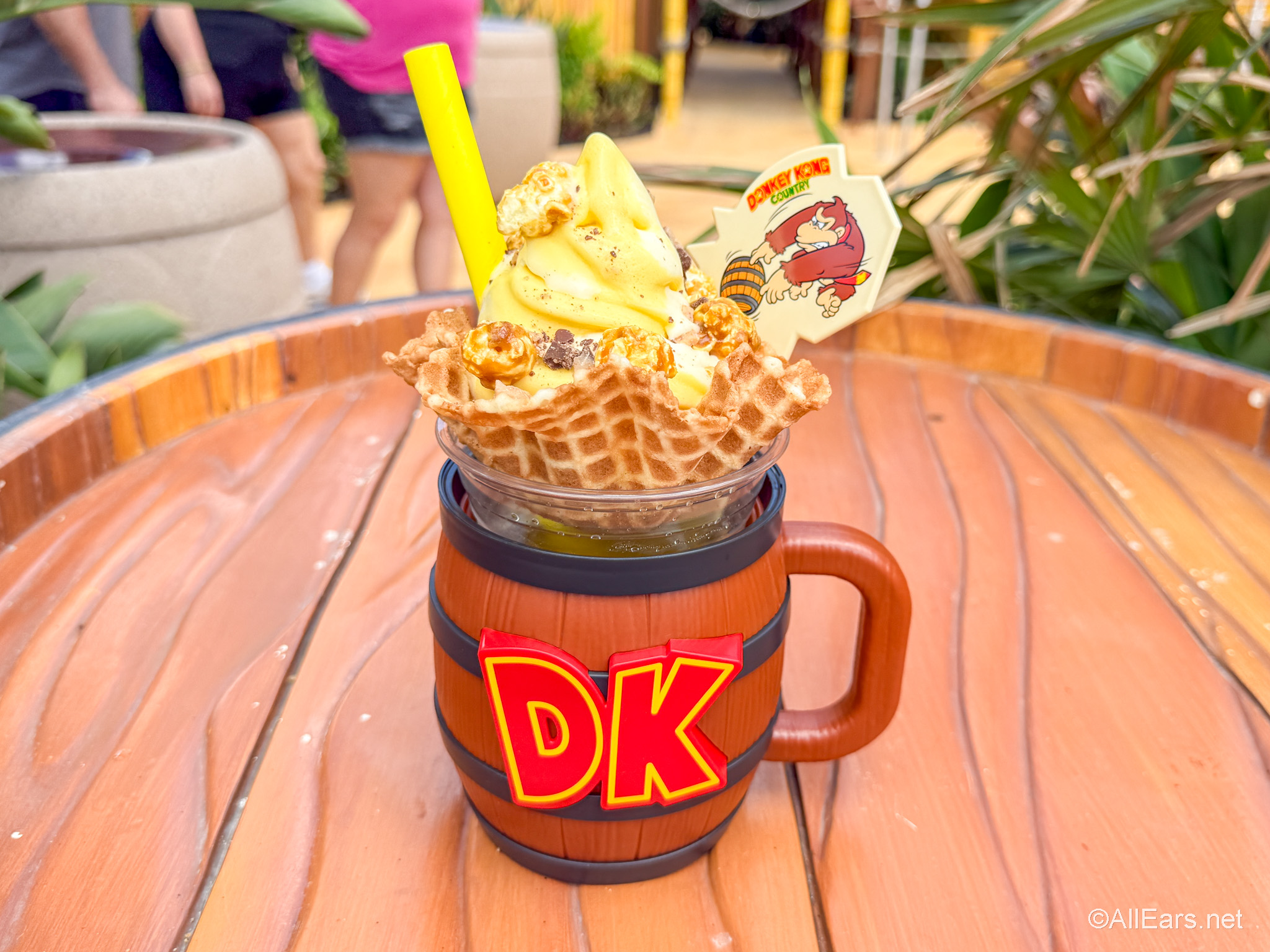

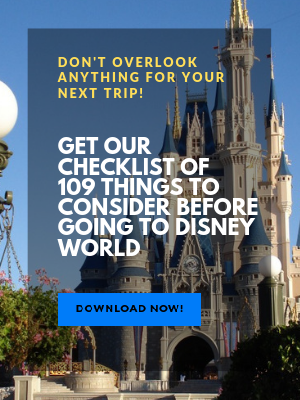
Another great article, Mr. Schmidt. Thanks for taking me back to opening day!